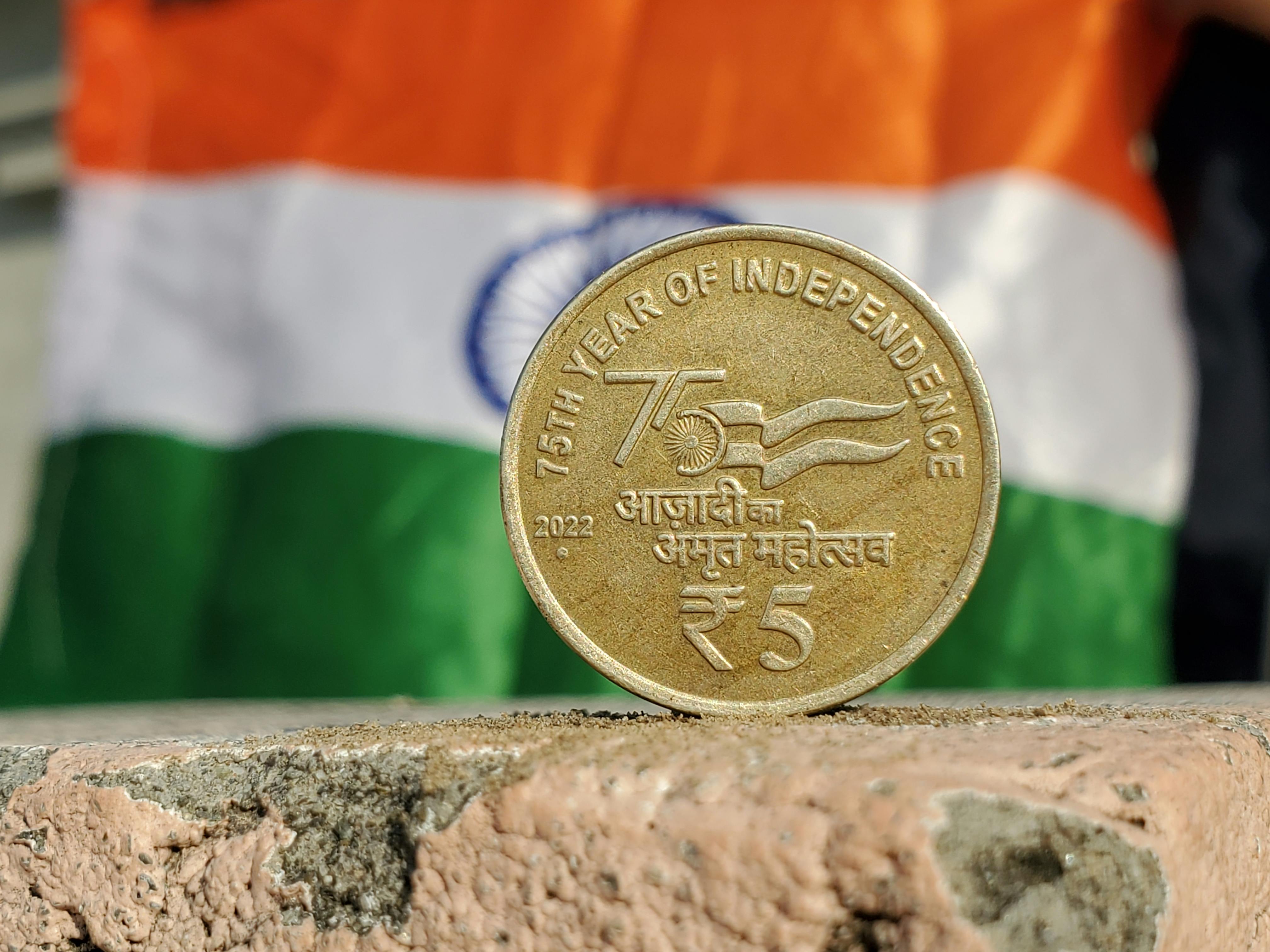
The Journey to Economic Greatness
India has officially risen to become the 4th largest economy in the world, marking a significant milestone in its economic journey. This historic achievement has been widely celebrated by many, symbolizing the hard work and determination of a nation that has come a long way since its independence. With a blend of optimism and pride, the citizens of India are reflecting on the many factors that have contributed to this success.
The Numbers Behind the Rise
According to International Monetary Fund (IMF) projections, India’s nominal Gross Domestic Product (GDP) is expected to reach approximately $4.187 trillion in 2025, just surpassing Japan’s GDP of around $4.186 trillion. This positions India behind only the United States, China, and Germany in the global economic ranking, elevating it above traditional economic powerhouses. This shift reflects decades of robust economic reforms, rapid industrial growth, and a thriving service sector.
India’s emergence as a major global economy is driven by several key factors:
- A young, dynamic workforce fueling innovation and productivity.
- Rapid expansion in technology and digital services.
- Growing manufacturing and export sectors.
- Significant strides in infrastructure development and policy reforms.
A Symbol of National Pride
For many, this economic milestone is a cause for national pride. It symbolizes the potential and resilience of India as a country. The sentiments expressed by notable figures resonate with millions of Indians. This pride is not merely about numbers but about the collective spirit of the nation.
Such optimism highlights the general national sentiment — India’s journey from a newly independent nation just over 75 years ago to a global economic powerhouse is nothing short of extraordinary. The path has been lined with challenges, but the resolve to overcome them has only grown stronger among its population.
What Does This Mean for the Future?
This achievement is more than just a statistic; it signals India’s increasing influence on the world stage economically, politically, and technologically. Being the 4th largest economy translates to:
- Greater foreign investments and stronger trade relationships.
- Enhanced geopolitical leverage.
- Opportunities for startups and tech innovation.
- Increased funding and infrastructure development.
Looking ahead, experts predict that India could surpass Germany to become the 3rd largest economy globally within the next few years, a feat that would further solidify its position as a key driver of global growth. This positive trajectory is not only a reflection of India’s economic ambitions but also of its determination to reshape its role in the global economy.
Challenges and Opportunities
Despite this success, challenges remain, including income inequality, infrastructure gaps, and the need for sustainable development. However, India’s commitment to reforms, digital transformation, and youth empowerment puts it on a promising path. Addressing these challenges effectively will be crucial to ensuring continued economic growth and stability.
Conclusion
India’s rise as the world’s 4th largest economy is a landmark achievement that reflects decades of hard work, innovation, and perseverance. It is a proud moment not only for the government and business community but also for every citizen contributing to the nation’s growth story.
As discussions about economic policies and global strategies evolve, it’s essential for India to remain focused on sustainable growth. The government, businesses, and citizens alike have a role to play in steering the nation toward a future where economic prosperity can be enjoyed by all.
At Insight Tech Talk, we will continue to monitor and analyze India’s economic progress, technological advancements, and global impact as this exciting story unfolds, ensuring that the narrative of India’s growth is well documented for future generations.